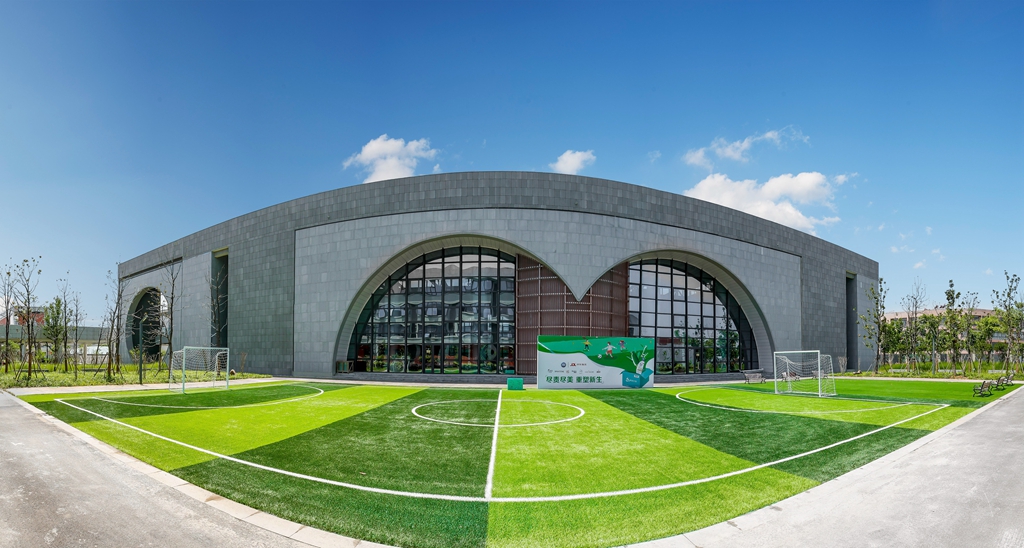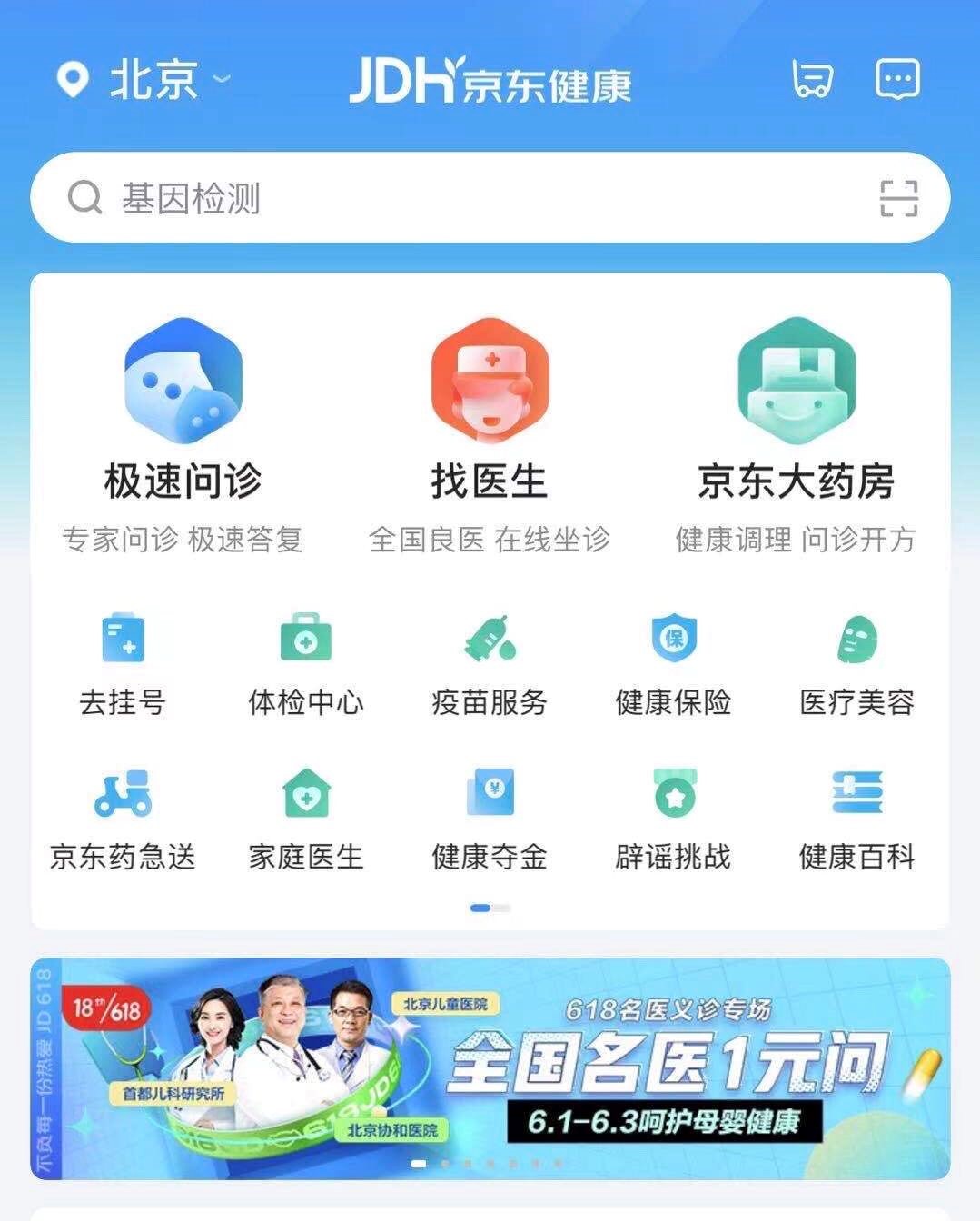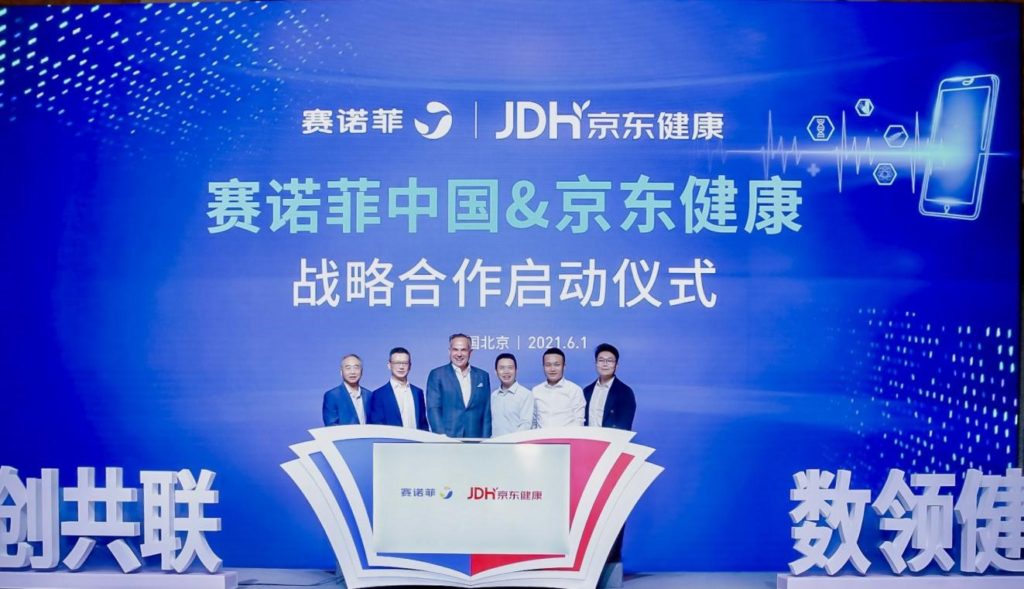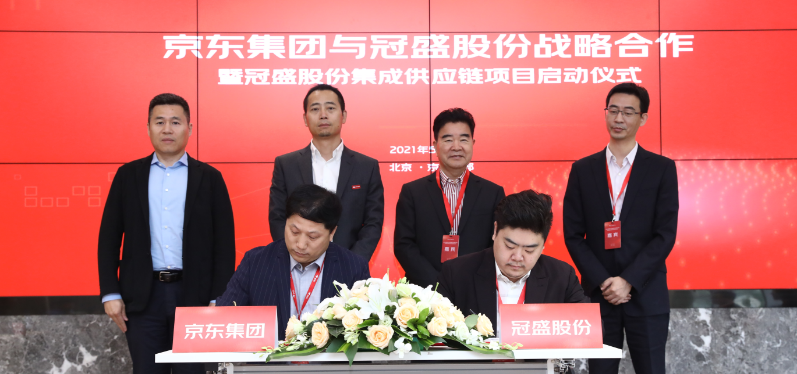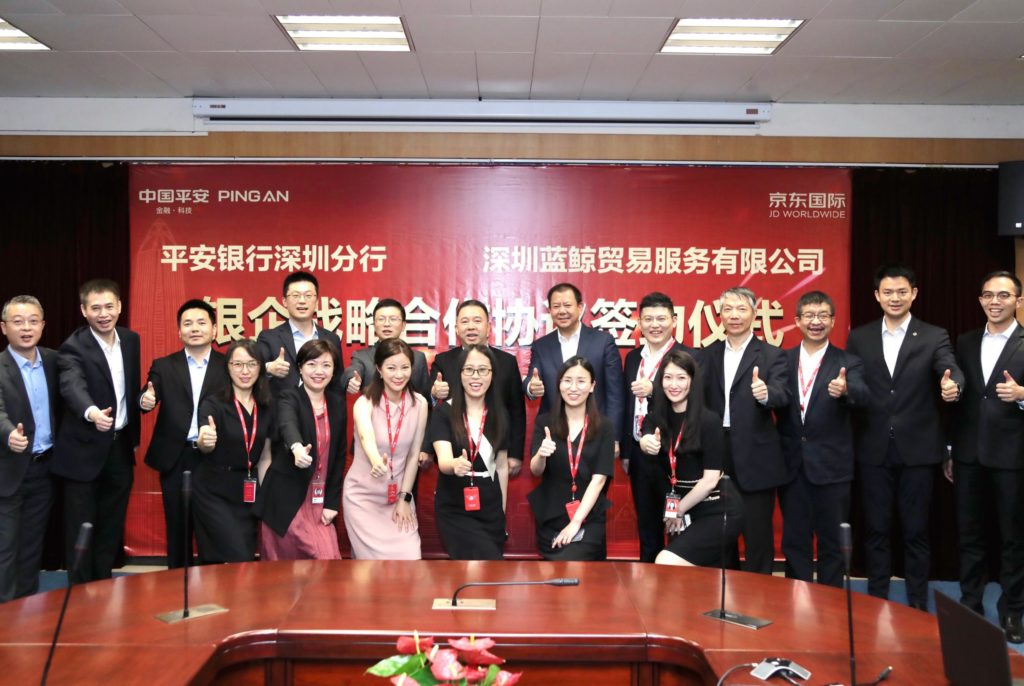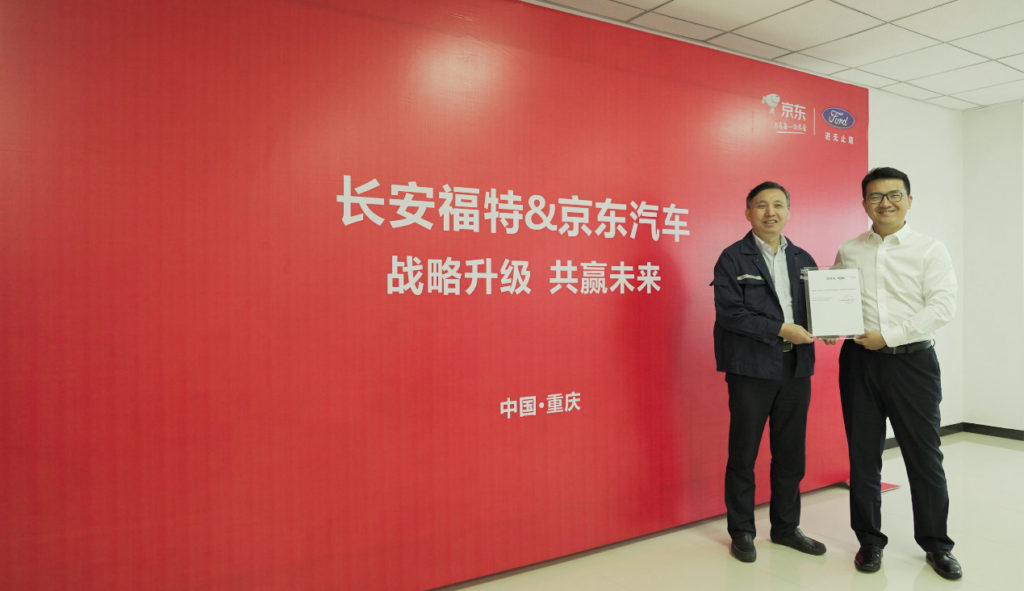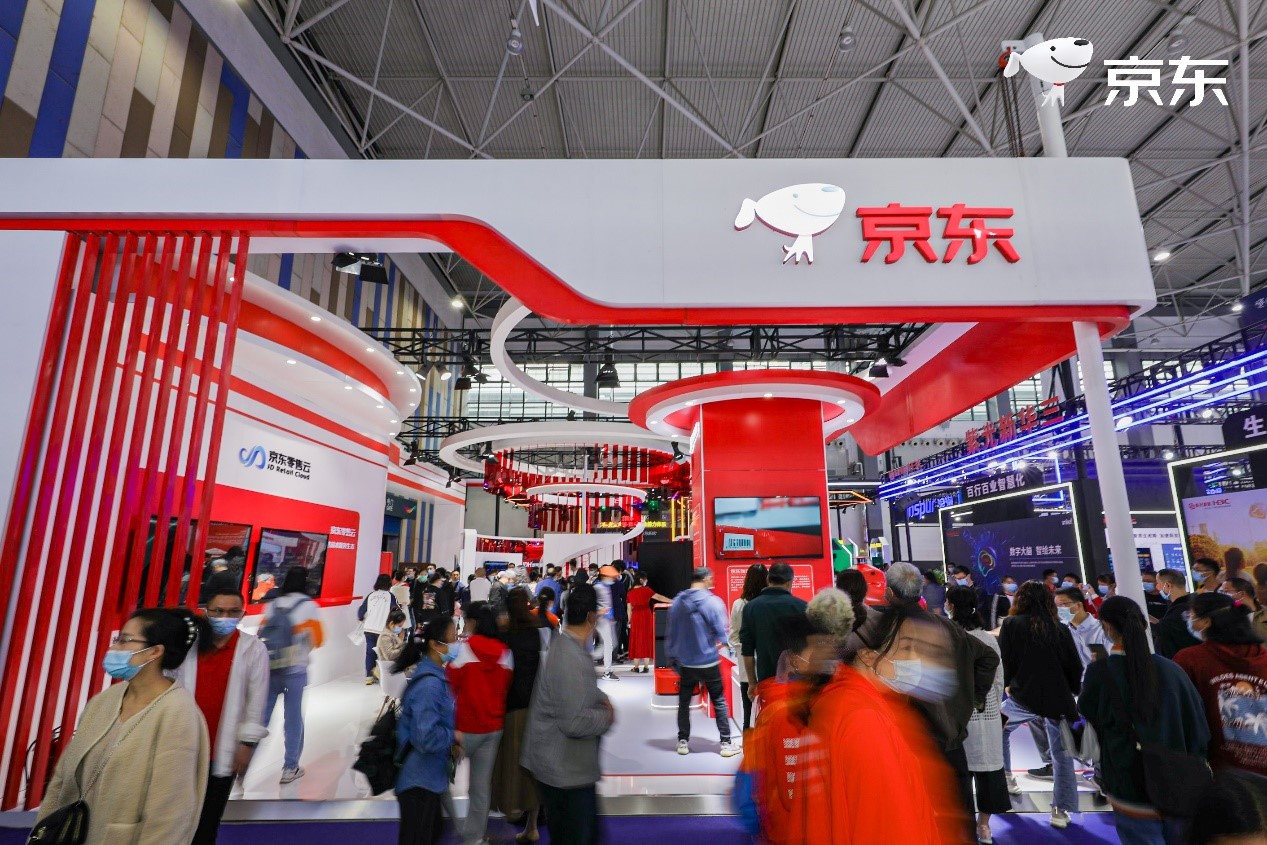by Yuchuan Wang
Students at Xianlin campus of Nanjing Foreign Language School in Suqian School had a penalty kick competition on a new soccer field made of recycled plastic bottles on Jun. 4. The field has been constructed using recycled plastic bottles. Last year, over 20,000 families joined the bottle recycling program launched by JD Green Stream Initiative (GSI) and P&G Beauty.
Soccer field made of recycled plastic bottles in Nanjing Foreign Language School Xianlin Campus Suqian School
In Jul. 2020, JD and P&G initiated a program which enables customers in Shanghai and Guangzhou who purchase hair care products from P&G brands including Head & Shoulders, Pantene, VS Sassoon, Rejoice, Herbal Essences, Hair Recipe and Aussie to receive their products in JD’s reusable “green box”. By scanning a QR code on the box and packing it with their own plastic bottles, customers can arrange for JD couriers to collect it from their doorsteps.
“JD has always attached great importance to lead the contribution of the development of society while developing our business,” said Jerry Duan, head of JD GSI. “It is gratifying to have partners like P&G on our journey and we look forward to be joined by more partners to exert their influence for a more sustainable world.”
“Our trial project recycling packages and bottles through green logistics with the JD GSI helps create a sustainable ecosystem for brands, platforms and consumers,” said Jiafei Lu, head of supply chain packaging at P&G Beauty. “We are glad to partner with JD to promote global enterprises to develop sustainably.”
P&G has been a long-term partner for JD’s GSI since 2017 and has cooperated with JD on multiple sustainable programs, such as implementing simplified packaging that reduces over-packaging, shipment of shampoo in its original container, and the use of green reusable boxes for P&G products.


